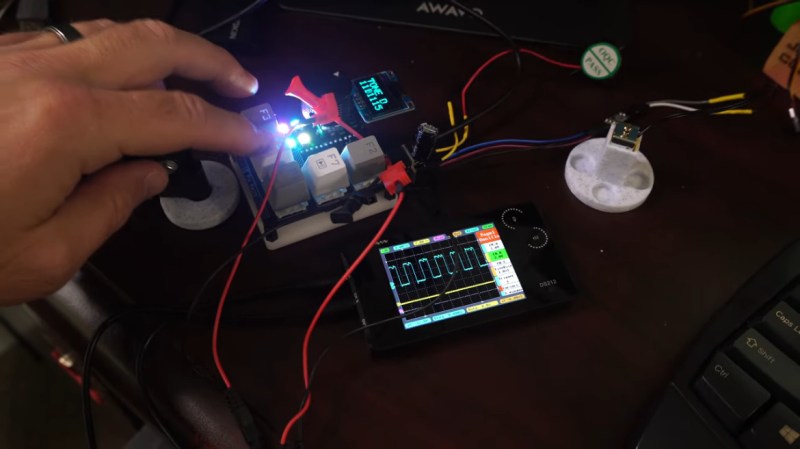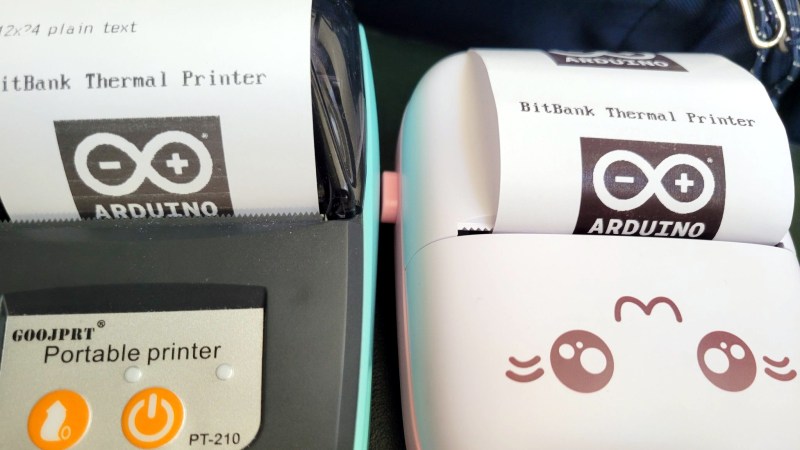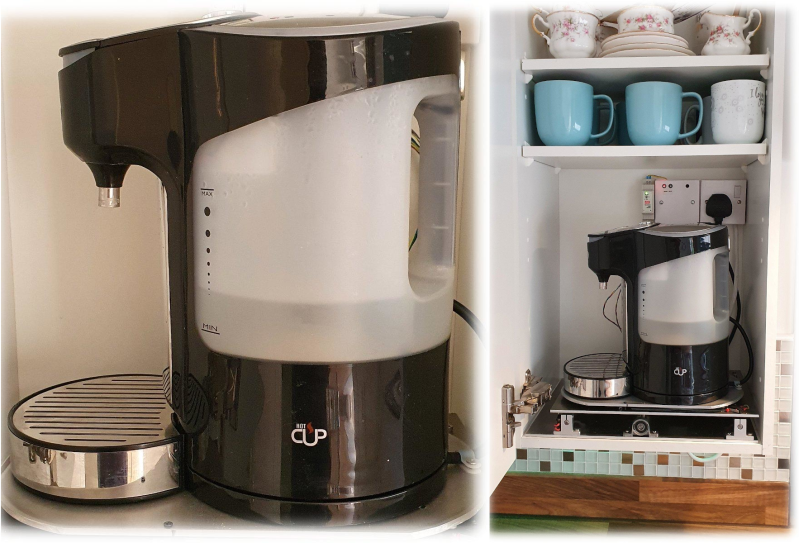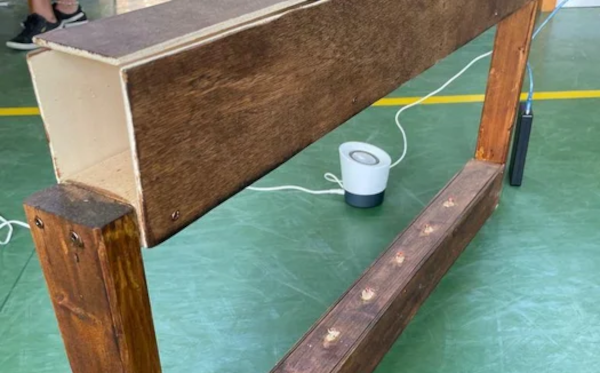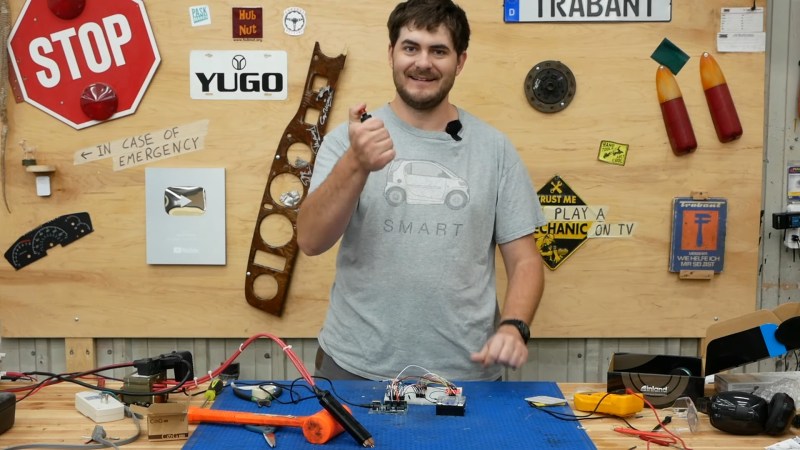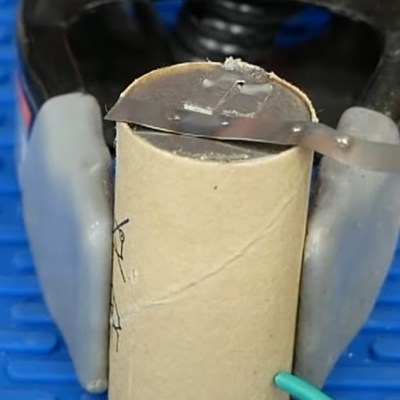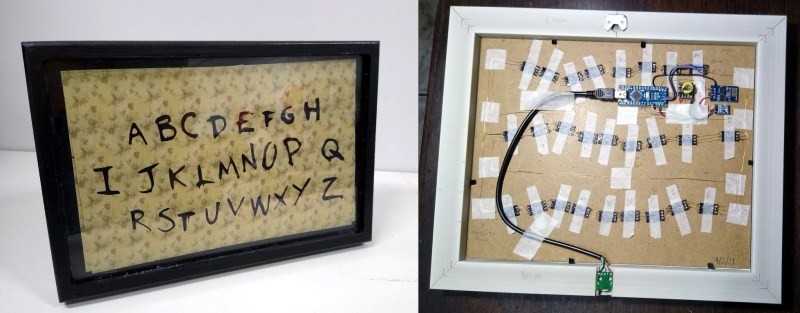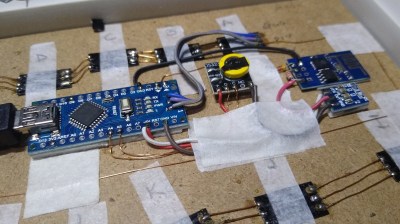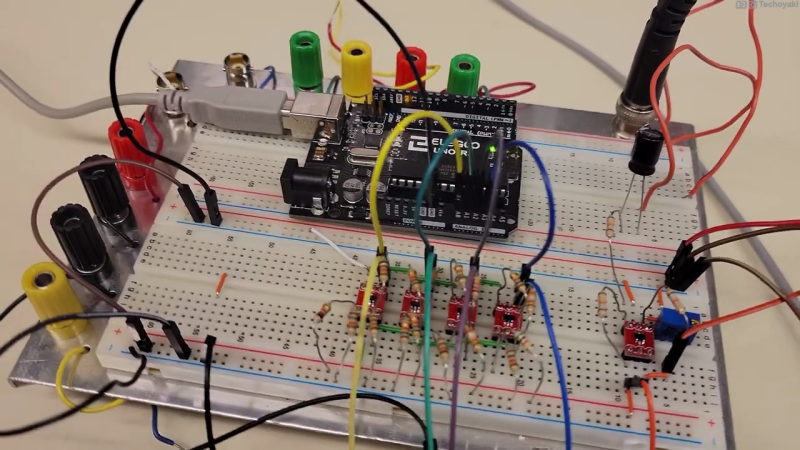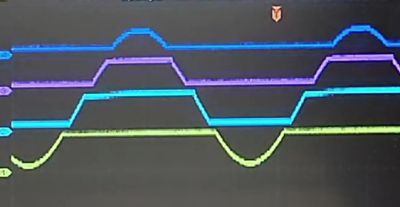Elderly Remote Keeps Things Simple
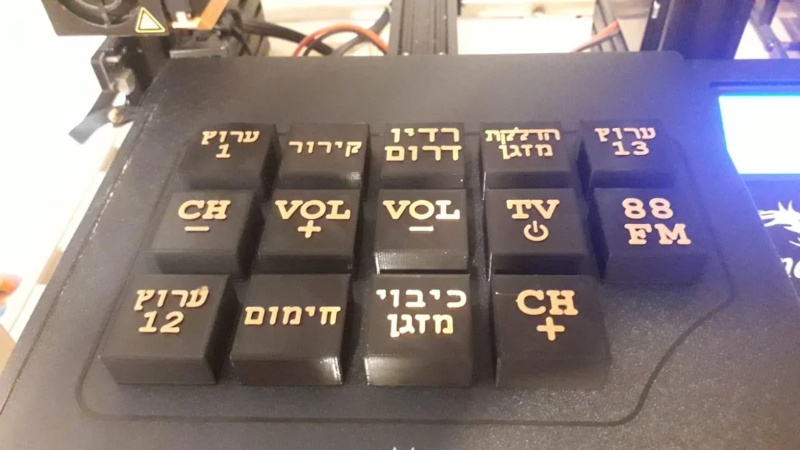
If you are lucky, you’ve never experienced the heartbreak of watching a loved one lose their ability to do simple tasks. However, as hackers, we have the ability to customize solutions to make everyday tasks more accessible. That’s what [omerrv] did by creating a very specific function remote control. The idea is to provide an easy-to-use interface for the most common remote functions.
This is one of those projects where the technology puzzle is now pretty easy to solve: IR remotes are well-understood and there are plenty of libraries for recording and playing back signals. The real work is to understand the user’s challenges and come up with a workable compromise between something useful and something too complex for the user to deal with.
Fortunately, with all the prototyping tools readily available now, it is easy to experiment with different setups to see what would work best. Larger keys? Color coding? A different arrangement of buttons? All of those things are easy to experiment with and, of course, what works for one person might not work for another. Even given time, it is possible that different configurations will work better or worse for the same person.
It isn’t likely that you’d duplicate [omerrv’s] remote directly. It may not work for your purpose. But it is a good inspiration on how we can use our ability to create customized hardware to improve the quality of life for those who need help.
We’ve seen similar projects — each one is a bit different. We wonder if old-fashioned remotes with their natural limitations would be a bit easier for people to handle?


